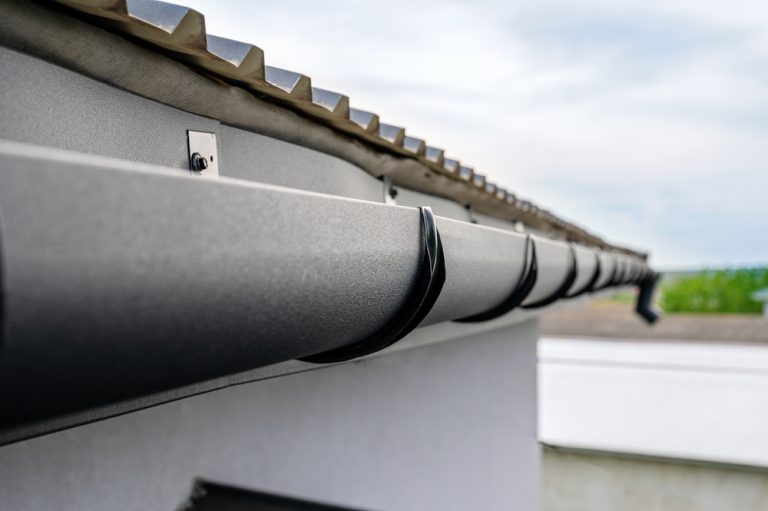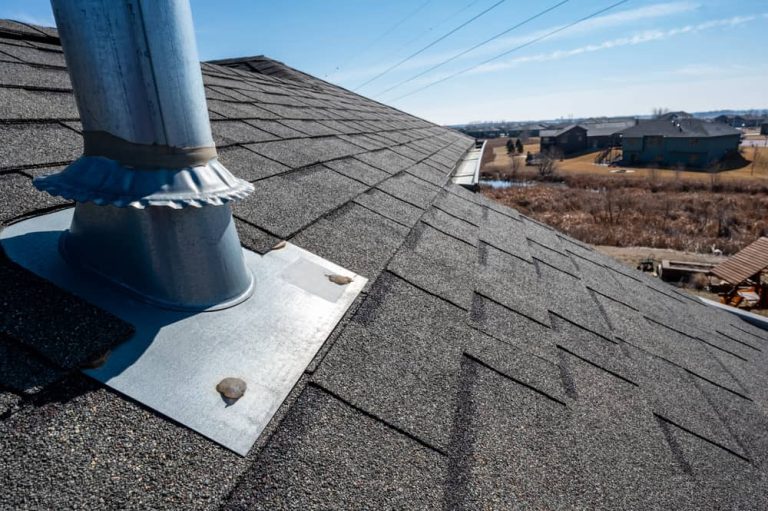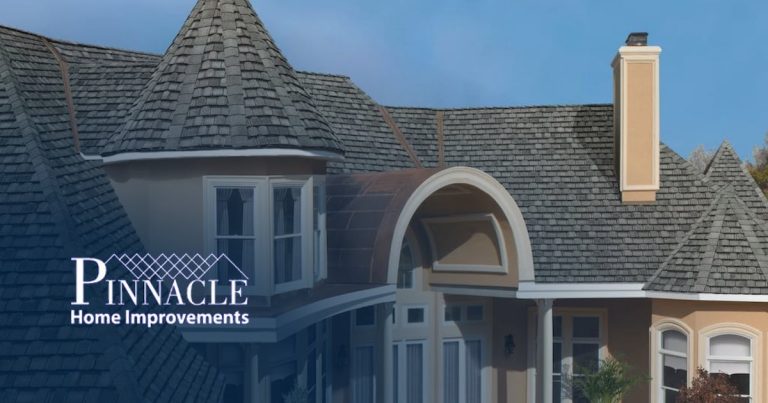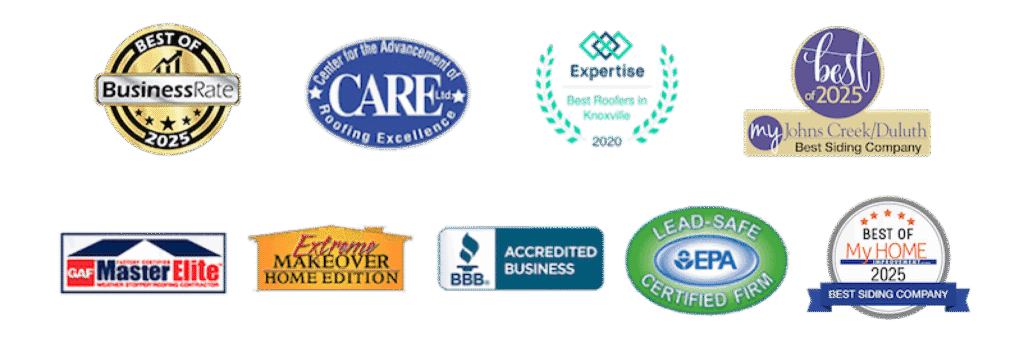Selecting the right roofing material is essential for homeowners who are considering roof replacement or building a new home. The cost of roofing materials varies widely and can affect the overall budget significantly. Factors influencing the price include durability, weight, installation requirements, and aesthetic preference. Roofing materials such as asphalt shingles, metal, wood shakes, clay tiles, and slate each offer distinct advantages and disadvantages in terms of cost, longevity, and maintenance needs.
When evaluating roofing materials, homeowners must also consider the climate in their area, the roof’s pitch and complexity, and the product’s weight. Heavier materials may require additional structural support, which can increase the project’s cost. Local building codes and the availability of certain materials can also play a role in influencing the final decision on the appropriate roofing material. A comparison of prices should therefore take into account not only the upfront cost but also the long-term value.
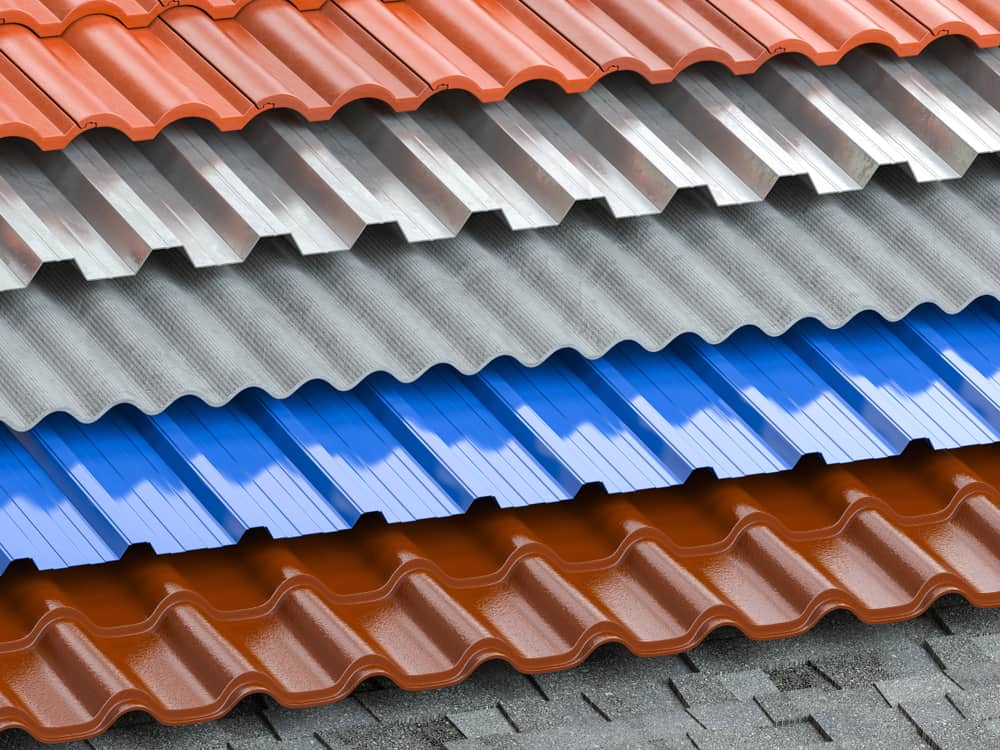
Understanding Roofing Material Costs
Things to consider when replacing a roof homeowners and contractors need to be well-informed about the varying costs of roofing materials. This segment will focus on the crucial aspects that impact pricing and provide a comparative analysis of common roofing materials in terms of price.
Factors Influencing Prices
Roofing material costs are not uniform and are influenced by several factors:
- Material Quality: High-quality materials typically command higher prices due to their longevity and enhanced protective features.
- Supply and Demand: Fluctuations in market demand and the availability of certain materials can cause prices to vary.
- Geographical Location: Transportation and regional market conditions affect costs, with some areas experiencing higher prices.
- Installation Complexity: Materials requiring specialized labor for installation may lead to increased overall costs.
Price Comparison of Materials
A direct comparison of roofing material prices provides consumers with the information needed to make informed decisions. The following table outlines the cost ranges for various roofing materials, reflecting an approximation of current market rates:
| Material Type | Average Cost per Square Foot (USD) | Lifespan (years) | Maintenance |
| Asphalt Shingles | $1 – $4 | 15-30 | Low |
| Metal Roofing | $5 – $12 | 40-70 | Moderate |
| Wood Shingles | $4.50 – $9 | 25-30 | High |
| Slate | $15 – $30 | 75-200 | Low |
| Tile | $7 – $10 | 50-100 | Moderate |
Key points:
- Asphalt Shingles represent the most cost-effective option with minimal maintenance.
- Metal Roofing, while pricier, offers a favorable balance between cost and lifespan.
- Wood Shingles come at a moderate cost but require more maintenance.
- Slate is at the high end of the cost spectrum, rewarded with an extensive lifespan and minimal maintenance.
- Tile roofs, though not as expensive as slate, still provide longevity with reasonably manageable maintenance demands.
It is important for individuals to consider not only the initial cost but also the long-term value and maintenance implications associated with each type of roofing material.
Durability and Lifespan
When selecting roofing materials, one must consider both durability and lifespan as key factors. Different materials offer varying degrees of longevity and resistance to the elements.
Asphalt Shingles typically have a lifespan ranging from 15 to 30 years. They are susceptible to wind and can degrade faster in extreme temperatures. However, higher-quality, architectural shingles can last longer.
Metal Roofing stands out for longevity, enduring anywhere from 40 to 70 years. Metals such as steel and aluminum resist weathering and corrosion, especially when treated with protective coatings.
Slate Roofing is often recognized for its exceptional lifespan, exceeding 100 years in some cases. It is highly durable, impervious to rot, and fire-resistant, but its weight requires a robust support structure.
Clay and Concrete Tiles share similar traits. They offer durability over a lifespan of 50 years or more, with clay typically outlasting concrete. Both resist fire and insects but are vulnerable to weight-related breakage.
Fiber cement shingles can expect a lifespan of approximately 25 to 35 years. They offer good durability but can absorb moisture over time, potentially resulting in warping.
Wood Shingles and Shakes have a natural aesthetic but a shorter lifespan of about 20 to 30 years. They are prone to weather-related degradation but can last longer with regular maintenance and treatment.
Factors such as climate, proper installation, and maintenance also significantly influence the actual longevity of these materials.
Energy Efficiency and Roofing Materials
Energy efficiency in roofing materials is a key factor influencing a building’s overall thermal performance. Different materials can significantly affect energy consumption for heating and cooling.
- Asphalt Shingles: Commonly used due to their cost-effectiveness, they have moderate reflective properties. Upgraded with cool-roof technology, they can reflect more sunlight and absorb less heat.
- Metal Roofing: Highly energy efficient, metal roofs reflect solar radiant heat, which can reduce cooling costs by 10-25%. Coatings with high reflectivity can enhance this effect.
- Tile Roofing: Clay and slate tiles have natural thermal resistance. Light-colored tiles reflect sunlight, improving the energy efficiency of a building.
- Rubber Roofing: EPDM (ethylene propylene diene terpolymer) is a rubber roofing material, often installed in flat roofs, known for its insulation properties and durability.
Incorporating insulation into the roofing system also plays a critical role in enhancing energy efficiency:
- Fiberglass Insulation: Provides thermal resistance and reduces heat exchange between the roof and the interior space.
- Spray Foam Insulation: Offers high R-values, creating an effective barrier against
Cool roof technologies enhance the reflective capabilities of roofing materials, contributing to energy savings and sustainability efforts. Selection of roofing material must therefore consider both the immediate financial cost and the long-term energy savings.
Trends and Pricing
Roofing materials have undergone significant shifts in trends and corresponding prices. A major recent trend is the increased interest in environmentally friendly options, such as solar tiles and recycled materials. This has led to innovation and diversity in available products, but often at a higher cost. In contrast, traditional materials such as asphalt shingles remain popular due to their cost-effectiveness and wide availability, making them a steady option for those seeking affordability.
Recent Price Variations:
Metal roofing, while initially more expensive than asphalt, offers durability that can make it more cost-effective long-term. On average, the cost for metal roofing has increased by approximately 5-7% in the past year due to rising demand and raw material prices.
Green roofing options like solar tiles are typically the most expensive due to the technology and benefits they offer. They contribute to energy savings, but the initial investment is substantial. However, prices have started to stabilize as the technology becomes more widespread. Economical options, such as asphalt shingles, have seen a smaller price increase, roughly 2-3% from the previous year, maintaining their position as the affordable choice for many homeowners.
Choosing the Right Materials
Selecting the appropriate roofing materials is essential for durability and cost-effectiveness. Heeding advice from industry experts can ensure that one’s investment aligns with both budget constraints and quality requirements.
Expert Tips
Industry professionals emphasize the importance of considering climate, roof slope, and longevity when selecting materials. They often recommend:
- Metal roofing for its durability and fire-resistance, ideal for areas with extreme weather.
- Choosing slate for its natural beauty and a life expectancy of over 100 years, suitable for steep-sloped roofs.
- Asphalt shingles for a balance of affordability and reliability, fitting a wide range of angles and climates.
Budget-Friendly Choices
When prioritizing affordability, homeowners should focus on cost per square foot and lifespan to determine value. Notable options include:
- Asphalt shingles: Typically costing between $1.50 and $5.50 per square foot and lasting up to 20 years.
- Metal roofing: While initial costs are higher, ranging from $5.50 to $12 per square foot, they can last up to 50 years with little maintenance.
- Concrete tiles: Offering longevity similar to metal but at a lower price point of $3 to $5 per square foot.
Remember that the cheapest upfront option may not always be the most cost-effective over time. It’s crucial to consider both initial investment and anticipated maintenance costs.
Case Studies and Expert Insights
This section presents real-world applications of various roofing materials and shares knowledge from Pinnacle Home Improvements, a leader in the industry.
Success Stories
Pinnacle Home Improvements has consistently demonstrated excellence in roofing projects. One notable case involved a large suburban development in which asphalt shingles were chosen for their cost effectiveness and longevity. The project, encompassing over 100 homes, resulted in an average material cost saving of 20% compared to alternative options.
Another case study in a coastal area highlighted the use of metal roofing. With harsh weather conditions and salt spray, the metal roofing’s resistance to corrosion and wind proved invaluable. Pinnacle Home Improvements reported that despite the higher upfront cost, the metal roofs are expected to last twice as long as traditional shingles, offering substantial long-term savings.
Pinnacle Home Improvements Perspective
Roofing contractors like Pinnacle Home Improvements provide in-depth insights into roofing material prices. They emphasize that while asphalt shingles are generally the most affordable, costing $1.50 to $5.50 per square foot, prices can vary based on shingle quality and local market conditions.
Pinnacle Home Improvements offers an array of services including installation and maintenance. They specialize in tailoring solutions to meet individual project requirements, ensuring homeowners receive the best value for their investment in roofing.










